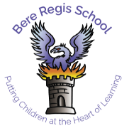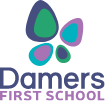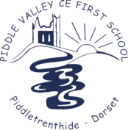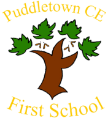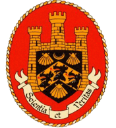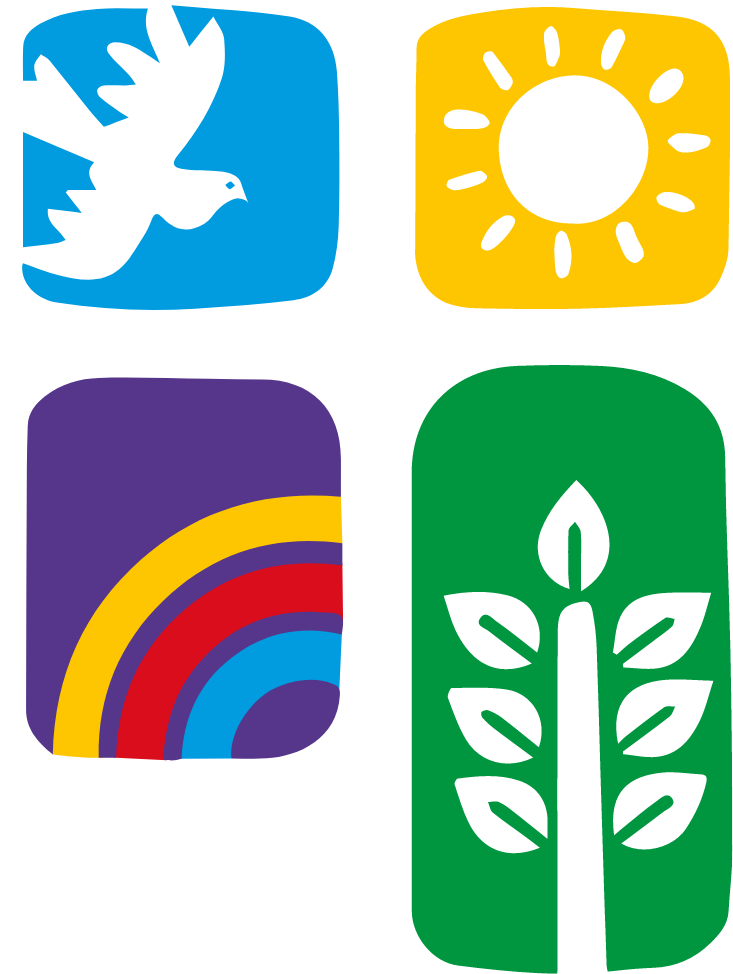
Phonics
Pip and Pap at Manor Park First School
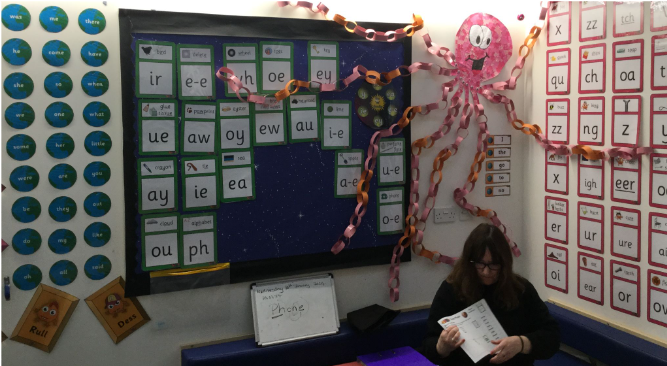
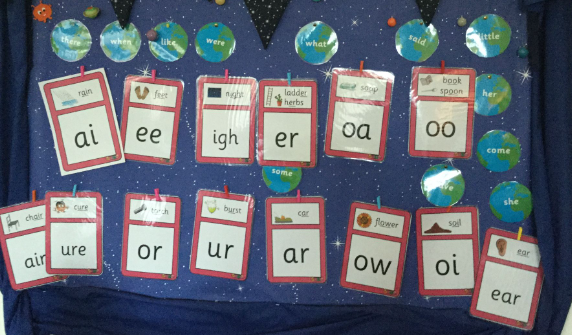
In the Early Years and Key Stage 1, our children bring home a coloured ‘Book Band’ reading book to read each night at home. Children’s reading books are matched to our school phonics scheme, ‘Pip and Pap Phonics’.
Pip and Pap Phonics is a systematic, synthetic phonics scheme. This means that children learn that words can be broken down into units of sound for reading and writing (synthetic phonics), and that these sounds are learned in a set order (systematic phonics.)
For example, the word “dog” is made up of three sounds (phonemes) - /d/, /o/, /g/, which are represented by three letters (graphemes) “d, o, and g.” The word “church” is made up of three sounds (phonemes) - /ch/ /ur/ ch/, which are represented by three groups of letters (graphemes) “ch, ur and ch.”
Children learn the sounds in a particular order – the first being /s/ /a/ /t/ /p/ /i/ /n/ /m/ /d/.
This allows them to read and write words containing these sounds – such as ‘pin’, ‘nits’, ‘din’, ‘spin’ and ‘stamp’.
Visit https://www.pipandpap.com/familyhub or https://www.youtube.com/@PipandPap to see the actions we use, letter formation patterns and songs that the children will learn in class.
As children progress through the scheme, they learn more sounds (phonemes) and how to write them (grapheme-phoneme correspondences). This will include digraphs (where two letters make one sound – such as /sh/ in the word ‘ship’) and trigraphs (where three letters make one sound – such as /igh/ in the word ‘night’.)
In Pip and Pap Phonics, children learn to ‘decode’ - sound out and blend words for reading, and to ‘encode’ - segmenting words for spelling, using the grapheme-phoneme correspondences that they have met.
Encourage your child to read a word by working through the word, left to right, following with their finger. Point to each grapheme and say the sound aloud. Then ‘blend’ the word by putting the sounds together at speed- e.g. /c/ /a/ /t/ - cat!
Encourage your child to spell a word by segmenting the word out loud (orally), to hear the sounds. Encourage your child to count the number of sounds they hear in the word (e.g. 3 sounds for cat.) This means that they will need to write 3 graphemes – ‘c’, ‘a’ and ‘t’. Encourage your child to write one grapheme at a time, then to read their work back.
Often, there is more than one way to write a sound. Your child will learn different ways to write graphemes through the course of the phonics programme. If your child is not sure which grapheme to write, encourage them to write down all possibilities and then discuss which spelling is right.
There are four phases in the Pip and Pap Phonics Programme. Your child’s reading book will contain sounds from the phase of study that children are working on. Your child will have already met the sounds in school and should be confident to blend the words aloud, thus reading with increased speed and fluency.
A rough guide to the grapheme-phoneme correspondences that the children will meet and the order in which they meet them is below:
Orange Phase (Year R):
-
s, a, t, p, i, n, m, d, g, o, c, k, ck, e, u, r, h, b, f, ff, l, ll, ss
Pink Phase (Year R):
-
j, v, w, x, y, z, zz, qu, ch, sh, th, ng, ai, ee, igh, oa, oo, ar, or, ur, er, ow, oi, ear, air, ure
Green Phase (Year R-1):
-
ay ou ie ea oy ir aw ue wh ph ew oe au ey a-e e-e i- e o-e u-e
Purple Phase (Year 1):
-
Alternative pronunciations for graphemes already known: a, e, i, o, u, ou, ie, ea, y, ch, g, c, ey
-
Alternative spellings for phonemes already known: -ture, -ge, -dge, -mb, kn, gn, st, se, wr, o, al, ere, ear, are, oor, our, oar, ore, augh, ci, ti, si, ui, - ve, -le, sc, ce, eigh
Children will bring home one book in their book bags. The book (which should be your child’s main reading book) will have words that contain the grapheme-phoneme correspondences that your child is currently learning within their phonics sessions. Children should be comfortable to sound out and blend the sounds aloud independently, building on their learning in school.
We encourage parents to hear their child read their phonics based book each night, to help them practise their decoding skills, repeating it at least twice – firstly to focus on reading, then to focus on expression and comprehension (understanding of the text.) There will be a label on each book, showing you the phonics sounds in focus and the ‘stage’ of the book. These are as follows:
Please note that all books will contain a small range of ‘Earth Words’ (common exception words or ‘trick words’ that are not yet decodable in full (e.g. the, said). Children learn to read these words in school and understand what part of the word is an exception to their learning so far.
|
Pre Phonics Books |
Within the first few weeks of Year R, your child will bring home ‘picture based’ books to discuss together. |
Orange Phase Books (Year R)
|
Set 1 |
Focus sounds: s a t p i n m d |
|
Set 2 |
Focus sounds: g o c k |
|
Set 3 |
Focus sounds: ck e u r |
|
Set 4 |
Focus sounds: h b f ff l ll ss |
Pink Phase Books (Year R)
|
Set 1 |
Focus sounds: j v w x |
|
Set 2 |
Focus sounds: y z zz qu |
|
Set 3 |
Focus sounds: ch sh th ng |
|
Set 4 |
Focus sounds: ai ee igh oa oo |
|
Set 5 |
Focus sounds: ar or ur er |
|
Set 6 |
Focus sounds: ow oi ear air ure |
Green Phase Books (end of Year R – early Year 1)
|
Set 1 |
Focus sounds: ay ou ie ea |
|
Set 2 |
Focus sounds: oy ir aw ue |
|
Set 3 |
Focus sounds: wh ph ew oe au ey |
|
Set 4 |
Focus sounds: Split digraphs a-e e-e i-e o-e u-e |
Purple Phase Books (Year 1)
|
Alternative pronunciations and spellings, including: |
Alternative pronunciations for graphemes already known: a, e, i, o, u, ou, ie, ea, y, ch, g, c, ey Alternative spellings for phonemes already known: -ture, -ge, -dge, -mb, kn, gn, st, se, wr, o, al, ere, ear, are, oor, our, oar, ore, augh, ci, ti, si, ui, -ve, -le, sc, ce, eigh |
Beyond ‘Purple Phase’ books, children will progress onto the following book bands:
- Turquoise: Year 1
- Purple: Year 2
- Gold: Year 2
- White: Year 2
- Black: Year 2-3
- Lime: Year 3
- Brown/Grey, Free Reader: Year 3 +
Please remember that all books present different challenges in terms of difficulty – be that the number of words in the book or within understanding the plot of a story, layout and vocabulary. Teachers will move your child onto the next set of books when it is felt that both their decoding skills and comprehension skills are secure.
Once the children have completed the phonics program we are using the Pip and Pap spelling program (Red Phase).

